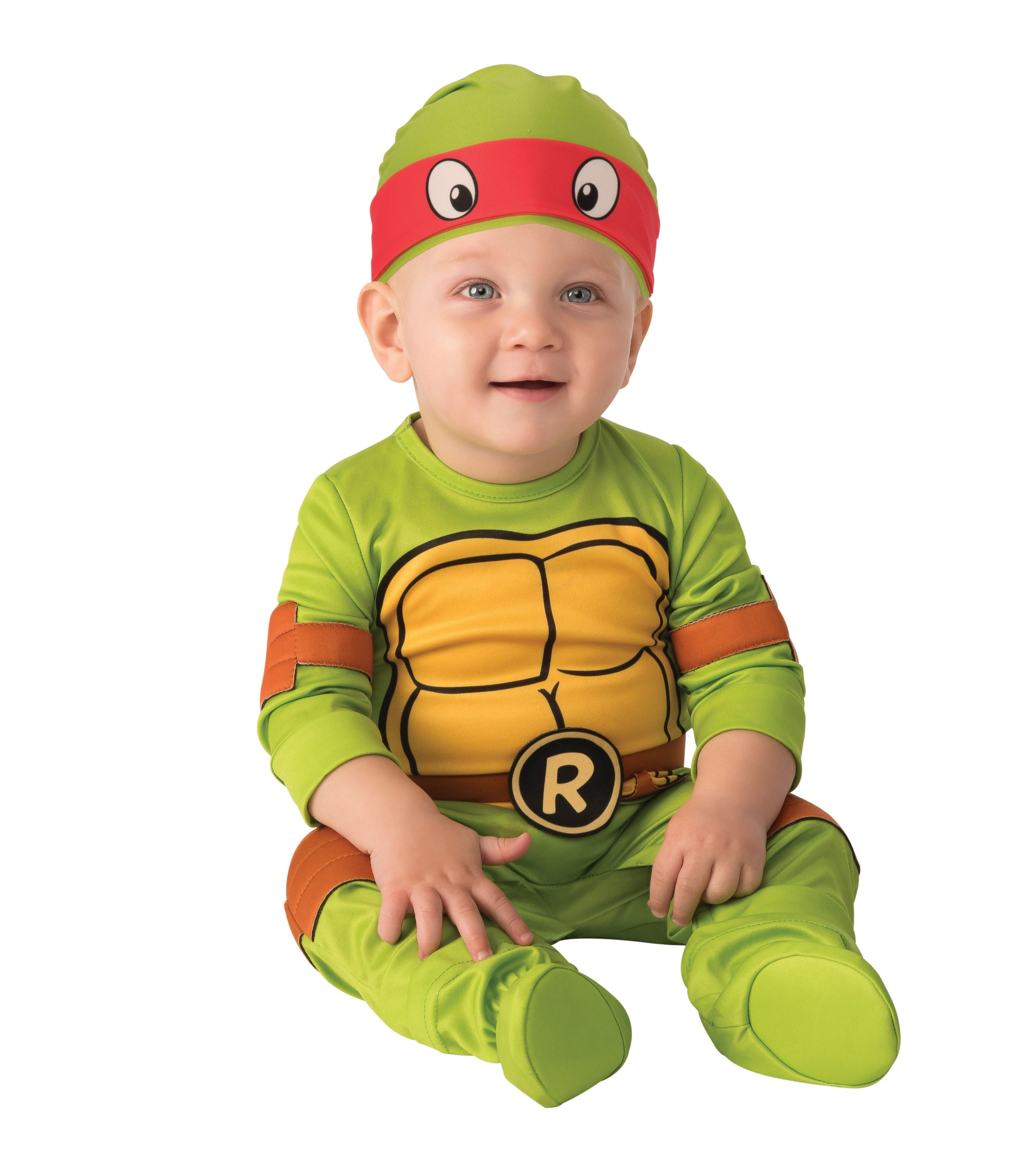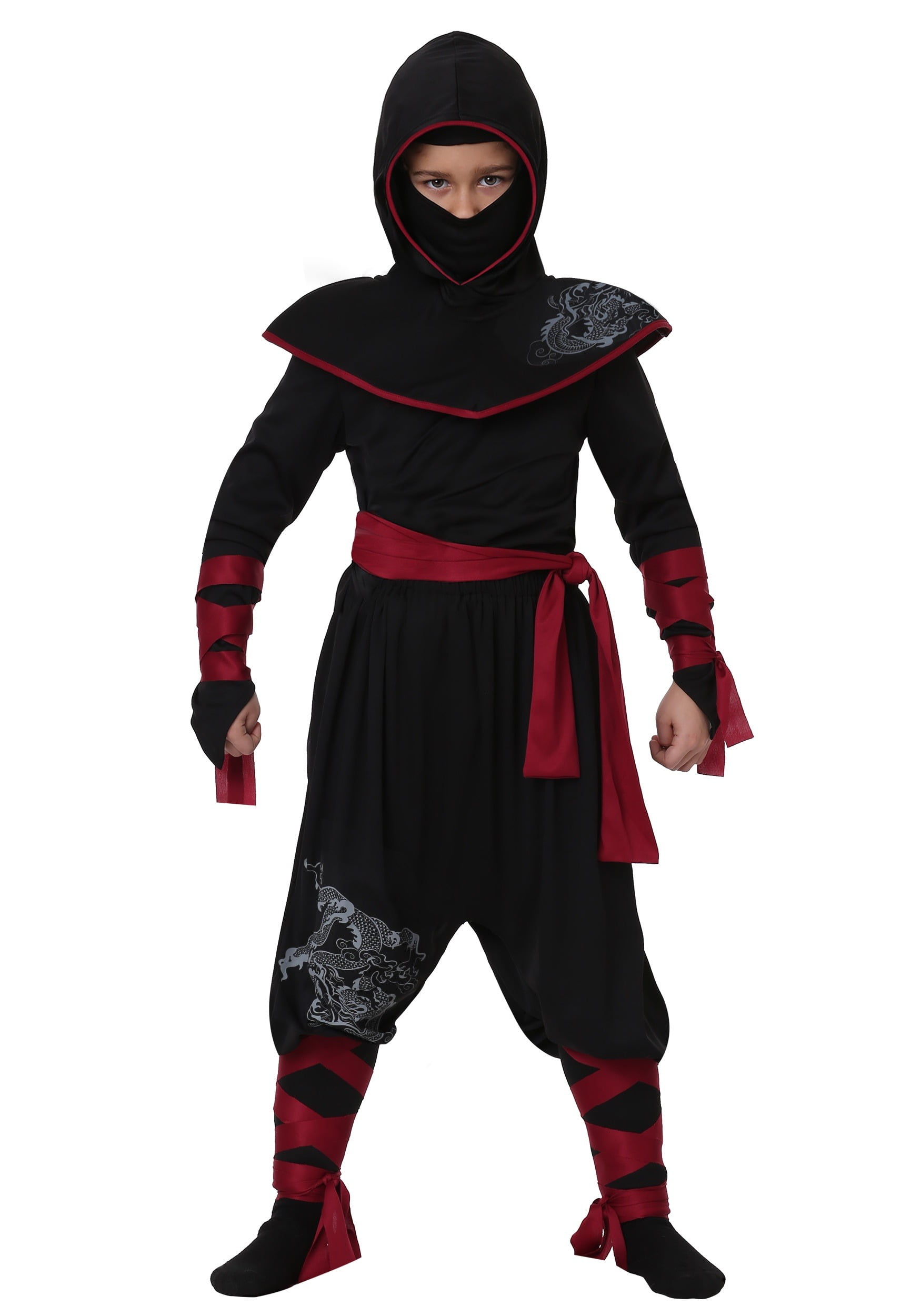
To caramelise the glaze, at the end, raise the rack to about 15cm from the grill and grill for about 3 minutes, watching carefully so the glaze does not burn. Oven method: these ribs can be slow-roasted for 1½ to 2 hours in a preheated 150C oven as well. If using a charcoal BBQ, the recipe may take about 15 minutes longer. For a medium-low fire, you should be able to hold your hand about 15cm above the coals for about 8 seconds.

Cover the grill and preheat to medium-low, about 150C. Replace the cooking grate, and set an oven or grill thermometer on top. Pour enough water into the pan to come at least 2½cm up the side. If your grill is too small to allow for an empty spot, push the coals to one side, leaving the other side empty. If using a charcoal BBQ: fill a chimney starter with charcoal, light it, and when the coals are ashed over, arrange them on either side of the pan, leaving an empty spot in the middle. Heat one burner to medium-high and leave the other one off. Many two-burner BBQs are set up for indirect heat, so you can simply place the food in the centre of the cooking grate. When ready to cook, if using a three-burner BBQ, turn the middle burner off and reduce the heat on the other burners to medium-high. Notes: To prepare your gas grill for indirect-heat grilling: cover and preheat with all burners on high until it reaches 150C. Leftover glaze can be refrigerated for up to 1 week or frozen for up to 1 year.

Storage notes: Refrigerate ribs for up to 3 days. Make ahead: The ribs must be rubbed and refrigerated for at least 12 hours or up to 2 days before grilling. This recipe will also produce more glaze than you’ll probably need for two racks of ribs you can serve it on the side or use it for glazing poultry next time you grill. Those rib cuts, which come from the belly region of the pig, are flatter, fattier, and more flavourful, but because of their marbling, they take slightly longer to cook add at least 10 more minutes to the “low and slow” cook time, then use visual cues to determine when they’re tender enough to move to direct heat. This recipe calls for baby back ribs but can also be made with spareribs or St Louis ribs.
Baby ninja clothes plus#
You can use baby back ribs, spareribs or St Louis ribs in this recipe (Peggy Cormary/The Washington Post)Īctive time: 40 minutes | Total time: 2 hours, 40 minutes, plus overnight refrigeration

Then, move them to the direct heat side of the grill, slap on the cherry bourbon sauce, and get ready to have a good time. If you’d like to use spareribs instead of baby backs in this recipe, give them an extra 10 minutes of low and slow heat, for fall-off-the-bone tenderness make it 20. On the end of the spareribs where they meet the breastbone is a fatty flap of pork belly-like meat studded with small bits of cartilage known as the rib tip, and it is immaculate when given enough time to melt into the stuff that dreams are made of. More marbling means more flavour, but it also means you need to wait a little longer for your ribs to be fall-apart tender. Spareribs are fattier, with very little meat on the top of their long, flat bones, and plenty of well-marbled meat in-between them. Where the baby backs end, the spareribs begin, curving around the pig’s fatty, flavourful belly all the way to its breastbone. This is an important thing to consider when you’re spectacularly ravenous for ribs. All pork ribs will melt off the bone when cooked low and slow, but thanks to their diminutive size – this is the shortest cut of rib – baby backs will get from the grill to the table faster than all other cuts. They come from the back of the pig, where they curve around the loin.īecause this is the leanest part of the pig, baby back ribs have very little fat, and plenty of meat to douse with copious amounts of sweet, sticky sauce.

The tenderest and meatiest of all ribs are the baby back, which have nothing to do with babies, but everything to do with backs.


 0 kommentar(er)
0 kommentar(er)
